Do you really know about acetate fabrics?
Acetate fiber, derived from acetic acid and cellulose through esterification, is a man-made fiber that closely mimics the luxurious qualities of silk. This advanced textile technology produces a fabric with vibrant colors, a lustrous appearance, and a smooth, comfortable feel. Its chemical and physical properties make it a versatile and durable material for various applications.

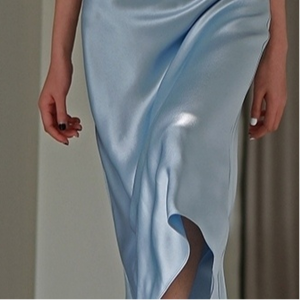

In terms of chemical properties, acetate fiber exhibits remarkable resistance to both alkaline and acidic agents, making it a robust choice for a wide range of environments. Its dyeability, however, presents a unique challenge, as traditional cellulose dyes have limited affinity for acetate fibers, making them difficult to dye.
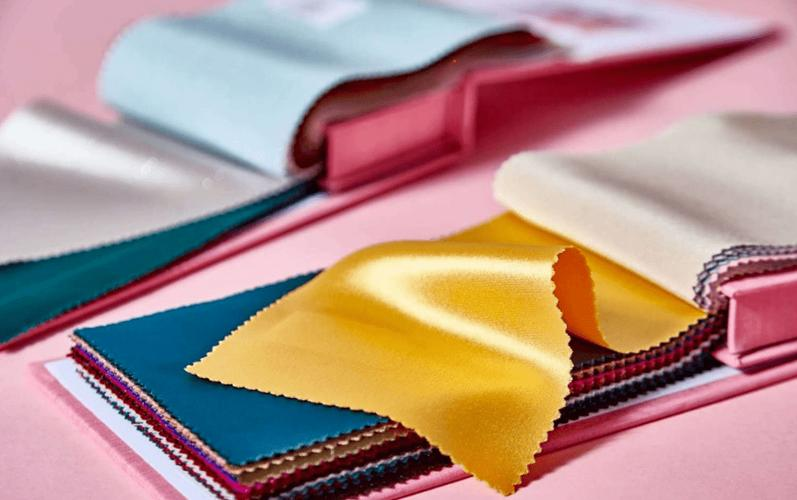
The physical properties of acetate fiber further enhance its appeal. With good thermal stability, the fiber can withstand temperatures up to 185°C before reaching its glass transition temperature, and around 310°C before melting. While it exhibits low shrinkage in boiling water, high-temperature treatment can impact its strength and gloss, necessitating careful handling to preserve its integrity.
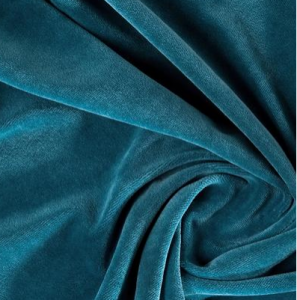
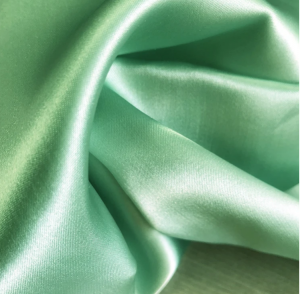
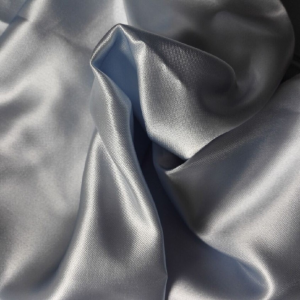
Notably, acetate fiber also possesses relatively good elasticity, akin to silk and wool, adding to its versatility and comfort.
Understanding the unique properties of acetate fiber is crucial for maximizing its potential in various industries, from fashion and textiles to filtration and beyond. Its ability to imitate the luxurious qualities of silk while offering distinct advantages in terms of chemical and physical properties makes it a sought-after material for a wide range of applications. As technology and innovation continue to drive advancements in textile manufacturing, acetate fiber stands as a testament to the ingenuity and versatility of man-made fibers.
Post time: Mar-20-2024
